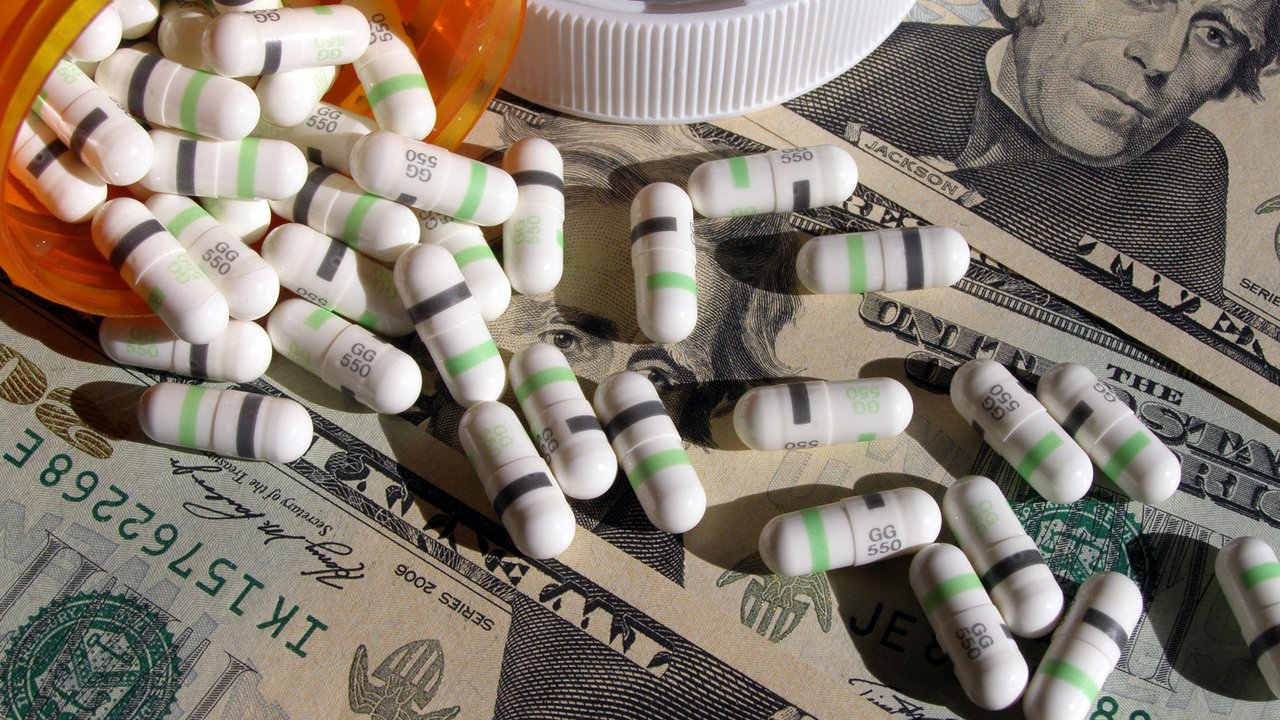The pharmaceuticals industry has attracted heightened scrutiny from the media and politicians in the aftermath of a well-publicized scandal. But new evidence suggests that, for now at least, the cost of pharmaceutical innovation is well worth it.

A single tweet from the democratic presidential front-runner last fall sent the Nasdaq Biotechnology Index tumbling 4.7 percent in just two hours. Hillary Clinton’s $132 billion tweet came on the heels of popular uproar after Turing Pharmaceuticals acquired and then raised the price of Daraprim, a drug commonly used to treat infections in HIV-positive individuals, 5,000 percent.Reigning in drug costs emerged this campaign season as one of only a few topics with broad bipartisan support, with the industry taking heat from everyone from Bernie Sanders to Marco Rubio to Donald Trump.The issue has become particularly contentious in the US, where per capita health expenditures are more than 150 percent higher than the OECD average. But it’s not just Americans admonishing the pharmaceutical industry. Paul Workman, chief executive of the Institute of Cancer Research in Britain, recently decried “drug companies setting very high prices for promising immunotherapies.” And Switzerland, which is home to two of the world’s largest pharmaceutical companies, Novartis and Roche, has taken to playing hardball – removing drugs from their approved reimbursement list when companies refuse to lower prices.Despite the public furor, new studies from Frank Lichtenberg suggest that when it comes to one class of drugs at least — those used to treat malignant cancers — the costs are, by any objective measure, a bargain.The largest driver of recent increases in pharmaceutical costs are so-called “specialty drugs,” compounds used to treat chronic or life-threatening diseases like cancer. A year’s supply of Gleevec, a Novartis treatment for a rare form of leukemia, costs, on average, more than $40,000 in Switzerland and $75,000 in the US, for example. Often, these drugs are used in combination, causing patient bills to skyrocket. A cocktail of two drugs, Opdivo and Yervoy, developed by Bristol-Myers Squibb to treat melanoma, tops $150,000 a year in much of Europe, and can exceed $250,000 in the US.While price-tags like these can only induce sticker shock, when assessing a drug’s value what matters isn’t just the cost, but also the years of life patients gain from it. Examining public health records in Switzerland and Canada, Lichtenberg, Courtney C. Brown Professor of Business, identified a strong trend in the data — new cancer drugs were extending lives, and the more new compounds that were registered, the more years of life were gained across the population.“Premature cancer mortality is significantly inversely related to the cumulative number of drugs registered 5, 10, and 15 years earlier,” Lichtenberg writes in the Swiss study, published in the European Journal of Health Economics.Looking at drugs registered in Switzerland between 1980 and 1997, for example, comparatively few were for cancers of the endocrine glands, such as the pancreas, and the central nervous system. Mortality before age 75 rose for those cancers between 1995 and 2012. By contrast, the greatest numbers of treatments over the period were developed for breast and blood cancers, which subsequently experienced the greatest declines in premature mortality, Lichtenberg found.What’s more, the gains came cheaply. For each life-year saved before age 75 in Switzerland in 2012, for instance, the Swiss spent $3,218 on drugs registered for sale fifteen or more years earlier. For comparison, the World Health Organization (WHO) determines healthcare interventions to be cost-effective if their cost per quality-adjusted life year gained falls below three times a country’s GDP per capita — nearly $250,000 in the case of Switzerland.For more recently developed drugs — those registered five and 10 years before the beginning of the sample period — the costs in 2012 per life-year gained before age 75 reached $5,299 and $21,228, respectively, still well below the WHO’s threshold for an extremely cost-effective intervention. Data from Canada further confirmed the cost-effectiveness of pharmaceutical innovation in extending the lives of cancer patients.
